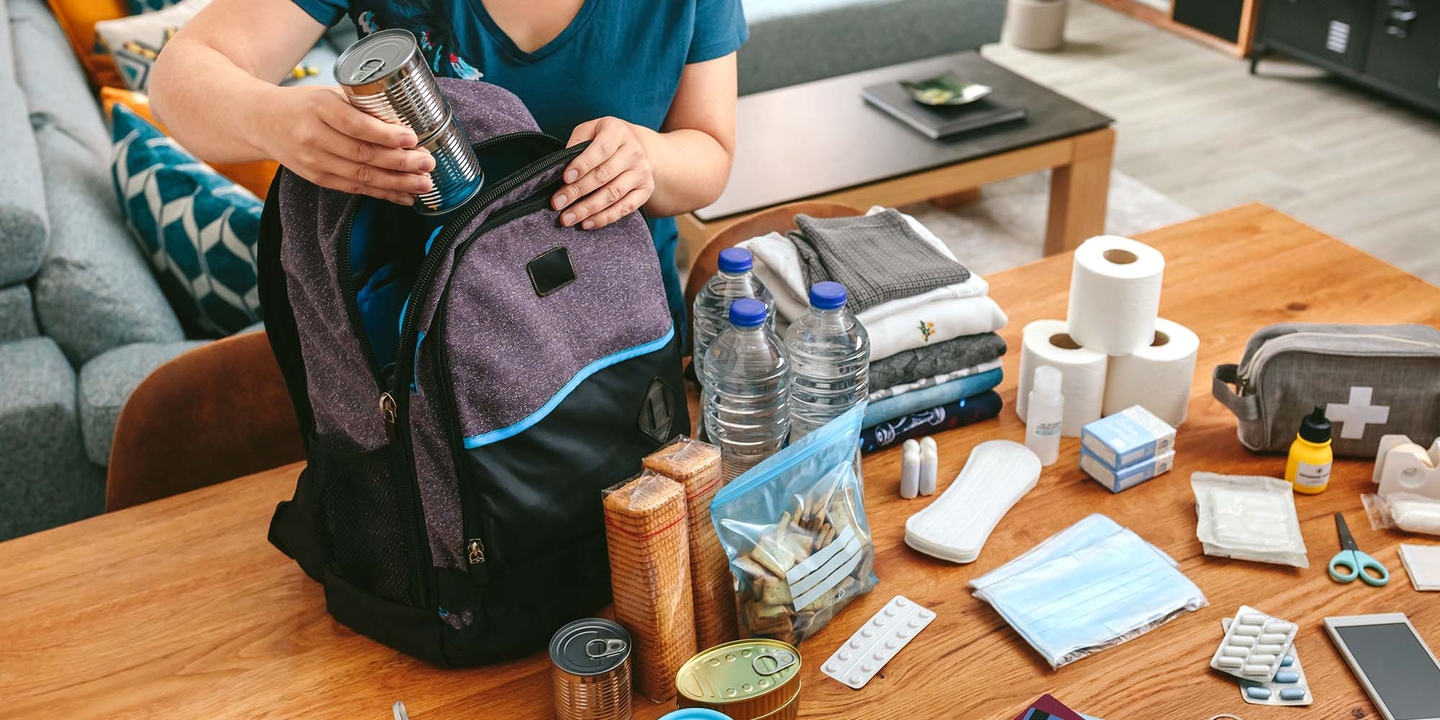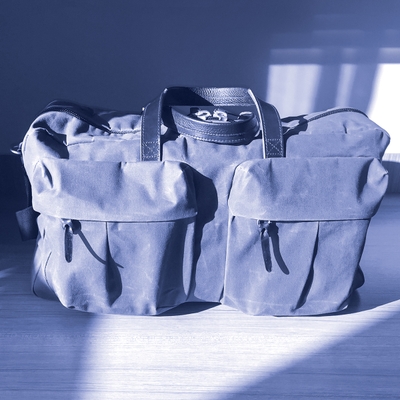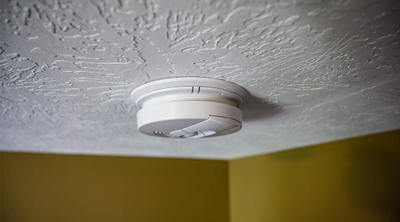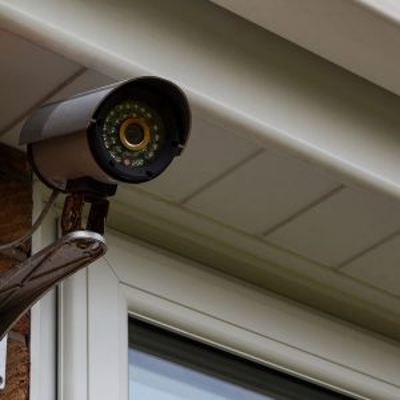How to make a home emergency kit
4 min read
Taking time to make a home emergency preparedness kit can help you and your family in the wake of an unexpected disaster. A kit should contain enough supplies to help meet basic needs for several days to a week while you wait out the emergency or get assistance from other resources, such as the Red Cross.
What should be included in your home emergency kit?
The Federal Emergency Management Agency (FEMA) recommends the following items to include in your home emergency kit:
- Several days' worth of food and water for your family and pets
- Flashlight and extra batteries
- First aid kit
- Basic tools, like a wrench or pliers
- Dust masks in case of environmental contamination
- Local maps in case of an evacuation
- Hand-crank radio and whistle
- Books, games, and activities
FEMA’s public disaster preparedness campaign, Ready.gov has a list of additional home emergency kit contents that you can add to your kit.
How to maintain your home emergency kit
Making an emergency preparedness kit isn't a one-and-done activity. Check your kit's contents annually to ensure that flashlights, batteries, and radios work. Check more frequently to ensure that food and medicine aren't expired. The Red Cross recommends including a power bank or other device charger. Have on hand solar and hand-crank chargers if your power bank runs out.
Ensure that whatever container you've used — a waterproof backpack is a good choice — is in good shape and doesn't show signs of wear or damage. You can also purchase ready-made bags pre-filled with almost everything on your home emergency kit list and add items you may need.
Other home emergency preparedness tips
Preparing for a disaster is about more than just having the right supplies. It's about knowing what to do in an emergency:
- Consider taking a first aid or CPR course
- Learn essential home maintenance operations such as shutting off water and power
- Know how to use a fire extinguisher
- Determine how you will communicate with family/loved ones and talk about it ahead of time
- Add emergency contacts to your phone
- Create an evacuation plan and discuss it with family
Learn about which disasters are most common in your area so you can respond accordingly and create a plan of action in case you need to shelter in place or evacuate. Another tip is to have more than one home emergency kit. It's a good idea to keep smaller versions of a home emergency kit in places you commonly go, such as your office.
Create a home inventory
Just like creating an emergency checklist, it's good to keep an ongoing home inventory. Keep track of your possessions, including their estimated value, and take videos or photos if possible. This list will come in handy when you need to document damage to your home and possessions for filing a home insurance claim with your insurer and any agencies that may assist, such as FEMA. Consider reviewing your home inventory at least once a year.
Know what homeowners insurance may cover in a disaster
Homeowners insurance may cover damage to your home and belongings due to severe weather, such as wind, hail, and lightning. However, natural disasters such as earthquakes, avalanches, volcanic eruptions, floods, and mudslides aren't typically covered by a traditional homeowners policy. Depending on your location, you may be able to purchase a separate insurance policy for floods and/or earthquakes.
Some steps to take after an incident include taking photos and video if possible to document the damage to your property and belongings as thoroughly as possible. Secure the property and take whatever steps are possible to prevent further damage from the elements due to wildlife, burglary, or theft.
What should you take from home in an evacuation?
If you're facing evacuation orders, immediately grab your customized home emergency kit. Here are other items to take:
- Cash
- Essential medications
- Portable chargers for phones and laptops
- Insurance policy information
- Important documents like birth certificates, titles, etc.
- Changes of clothing for each person evacuating
Get more information about recovering from a natural disaster and filing a homeowners claim after a natural disaster.






